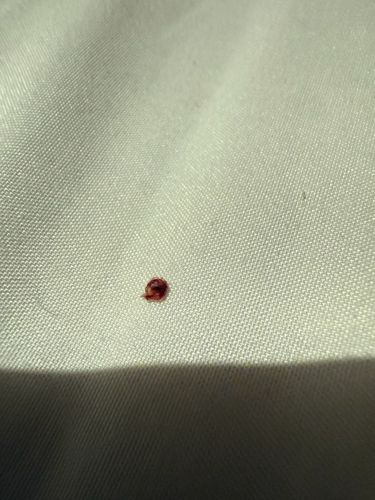Bed bug
Scientific Name: Cimex lectularius
Order & Family: Hemiptera, Cimicidae
Size: Adult bed bugs are usually 4-5 mm (0.16-0.20 inches) long, similar in size to an apple seed. Nymphs are smaller, from 1.5 mm (0.06 inches).

Natural Habitat
Bed bugs typically live in close proximity to humans, often found in mattresses, bed frames, headboards, and other furniture where they can easily access a blood meal during the night. They can also hide in cracks and crevices in walls, floors, and electrical outlets.
Diet & Feeding
Bed bugs are hematophagous, meaning they feed exclusively on the blood of warm-blooded animals, primarily humans. They feed by piercing the skin with their elongated mouthparts and drawing blood.
Behavior Patterns
Nocturnal insects, bed bugs are most active at night when their hosts are asleep. They are attracted to carbon dioxide and body heat. They often feed for 3-10 minutes before becoming engorged and returning to their hiding spots. They are known for their resilience and ability to survive for several months without a blood meal.
Risks & Benefits
Potential risks include itchy red welts from bites, allergic reactions in some individuals, and secondary skin infections from scratching. While bed bugs are not known to transmit diseases, their presence can cause significant discomfort, stress, and sleep deprivation. There are no known benefits to humans or the ecosystem.
Identified on: 11/3/2025